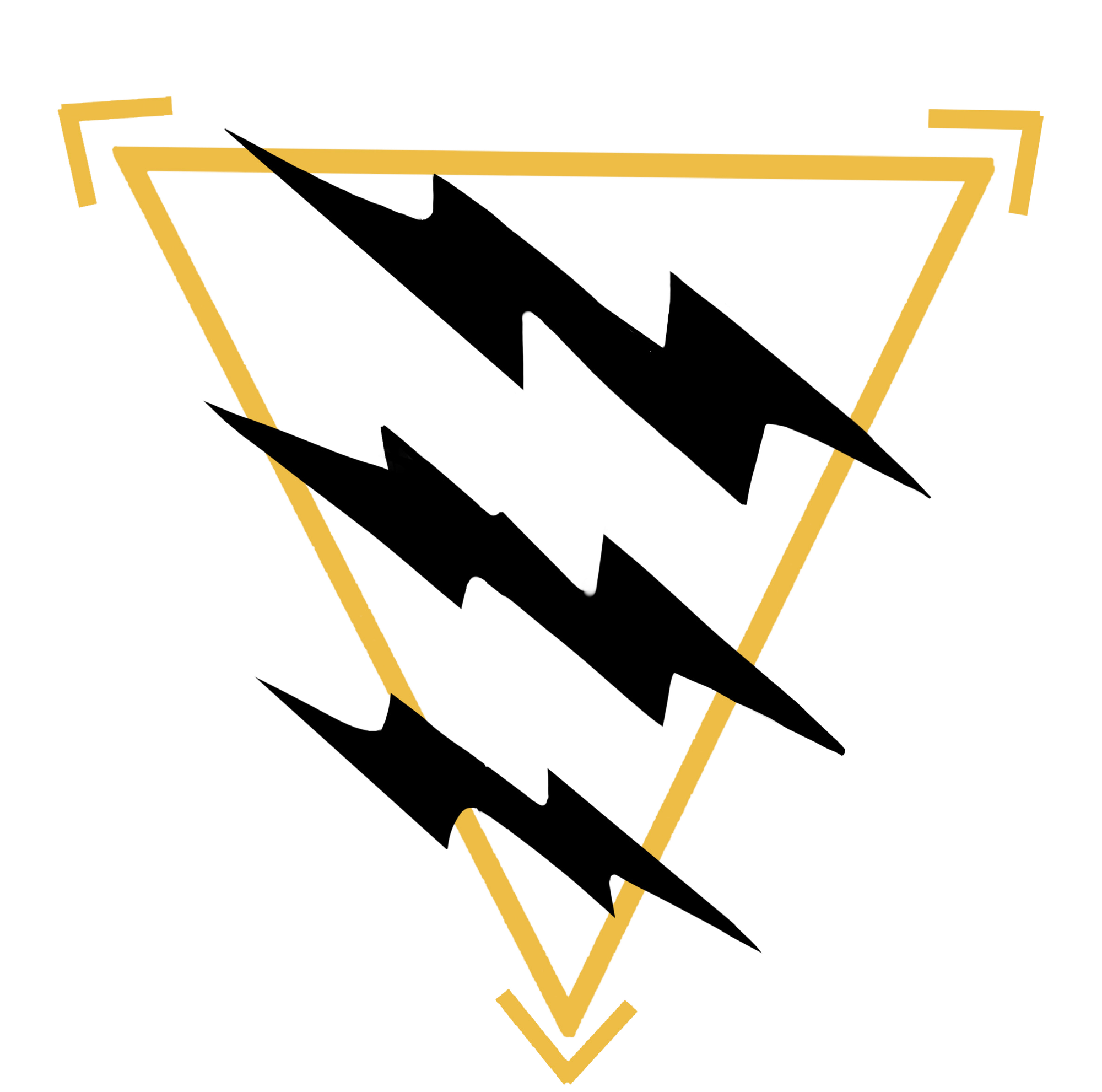Baseline vs. Anomaly: How to Read Any Environment
Every place has a baseline. Every threat begins as an anomaly. Learn how to read your environment and detect danger before it finds you.

At Sentinel Combatives, we train our students to fight, yes—but more importantly, we train them to think. Because the fight you avoid is the fight you win. And one of the most important tools for avoiding trouble is the ability to read your environment.
That skill boils down to two words: baseline and anomaly.
What’s a Baseline?
Every environment has a normal rhythm.
- A grocery store on a Saturday morning: busy aisles, carts clattering, people shopping.
- A quiet neighborhood at night: porch lights, the occasional car, dogs barking in the distance.
- A gas station at 11pm: one clerk, maybe one or two customers, quiet.
This normal pattern is the baseline. It’s the flow of behavior, movement, and energy that defines “what’s expected” in that environment.
What’s an Anomaly?
An anomaly is anything that doesn’t fit the baseline. It could be:
- A man loitering at the edge of a parking lot, not moving with the crowd.
- A car parked awkwardly, running with its lights off.
- Someone wearing a heavy coat on a hot day.
- Raised voices in a place where people are usually quiet.
An anomaly isn’t always a threat—but it’s always worth paying attention to.
Why This Matters for Self-Defense
Most victims of crime report the same thing afterward: “Something felt off.”
What they noticed was an anomaly—but they didn’t act on it. Situational awareness is about recognizing anomalies quickly, trusting your instincts, and then taking proactive measures to protect yourself.
At Sentinel Combatives, we teach that:
- Observation comes before action. You can’t defend against what you don’t see.
- Pattern recognition is survival. Baseline + anomaly gives you the formula to read any environment.
- Decisions beat reactions. Acting before violence starts gives you the advantage.
Training the Skill
You don’t need special equipment to practice. Start small:
- When you walk into a store, ask yourself: What’s normal here?
- Scan for anything that doesn’t fit: Who’s moving with the flow? Who isn’t?
- Do the same in restaurants, gas stations, and even your workplace.
Over time, your brain learns to catalog baselines quickly, which makes anomalies stand out like a spotlight.
Baseline + Anomaly in Combatives
This isn’t just about prevention. In a fight, you can use the same concept.
- Watch your opponent’s “baseline” (their stance, their rhythm).
- Spot the anomaly (a weight shift, a hand reaching behind the back).
- Act decisively before the anomaly becomes the threat.
It’s the same principle applied at a different scale.
Final Word
Reading your environment is the first step in self-defense. By learning to identify the baseline and recognize the anomalies, you gain the ability to anticipate danger before it becomes unavoidable.
At Sentinel Combatives, we teach you not just how to fight—but how to see. Because survival starts long before the first punch is thrown.





